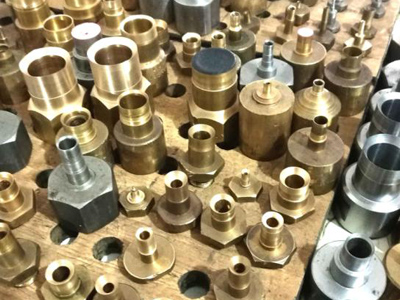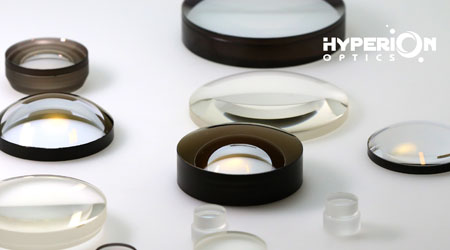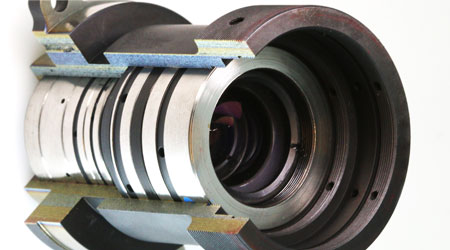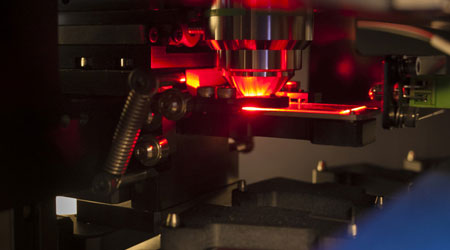Aspheric fabrication is different from traditional spherical fabrication. In traditional spherical manufacturing, the surface is defined by a single radius of curvature. Curvature can be ground and polished using large tools. This polishing tool smoothes the relative curvature of the finished product surface into the desired shape by oscillating and polishing the curvature center of the medium such as slurry.
1. Selection of aspherical lens materials
CNC and MRF optical glass and crystal materials; in addition, plastics can be chosen. Diamond turning is suitable for crystals, plastics and metals. Diamond turning works well for infrared optical materials and is inherently insensitive to higher surface roughness. Precision glass forming is limited, transition temperature < 500 degree C and thermal expansion coefficient of glasses are low enough, in a very limited choice of glasses. Choices have increased dramatically over the past decade, but still account for only a small fraction of all available optical glasses.
The glass softening temperature is lowered to room temperature in the forming process. In a short time, the glass is annealed and its index is lowered. This decline means that finished lenses will not have the same index as the glass catalogue specification. When designing precision glass moulding, users need to consider the low index in their models.
2. Design of curvature radius of aspherical lens
Compared with spherical lenses, aspherical lenses do not have a single radius of curvature. The edge change of the central part of the radius of local curvature. This leads to the possibility that the local radius of curvature can change the different points of its symbols from convex to concave on the surface, as shown in Figure 3. The place where the point occurs is called a turning point, which may lead to mold and measurement problems. In Zemax software, the cross section of the surface curvature can be used to check the local curvature radius of the surface.

 Call us on:
Call us on:  Email us:
Email us:  R&D Center: 9B-4F 401,No.1 Qingnian Road Liando U Valley,Yuhua International Wisdom Valley, Nanjing, 210039 China
R&D Center: 9B-4F 401,No.1 Qingnian Road Liando U Valley,Yuhua International Wisdom Valley, Nanjing, 210039 China









 English
English  cn
cn  de
de  es
es  fr
fr 


